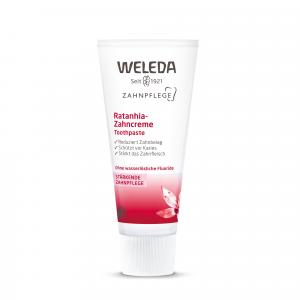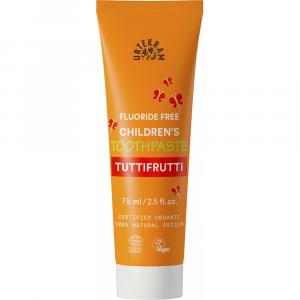Myrrh (Commiphora abyssinica)
Other names: Abyssinian myrrh tree, Commiphora habessinica
Harm score: 1 (Natural substances)
Myrrh, also known as Abyssinian myrrh or Commiphora habessinica, is a plant found mainly in northeast Africa, specifically in Somalia, Ethiopia and Eritrea. It is a shrub or small tree that reaches up to 4 meters in height. Its bark is used to extract a resin known as myrrh, which has historically been used in many areas, from medicine to religious rituals.
Genuine myrrh, which is extracted from this species, has a characteristic pungent, bitter and aromatic taste. This resin is used in cosmetics, especially in perfumery and aromatherapy for its unique fragrance. Myrrh also has its place in medicine. In traditional Ayurveda and Chinese medicine, it is used to relieve digestive problems, heal wounds and also as an antiseptic. It is also included in many oral hygiene products such as toothpaste and mouthwash, where it acts as a disinfectant and moisturizes the oral cavity. In addition, myrrh is also used in the food industry, as an ingredient in some alcoholic beverages and in the confectionery industry for its specific aroma.
Myrrh (Commiphora abyssinica) can be found in the following products

Rattan toothpaste 75ml
Product detail
Aloe vera toothpaste 75ml BIO, VEG
Product detail
Eucalyptus toothpaste 75ml BIO, VEG
Product detail
Toothpaste tutti frutti 75ml BIO, VEG
Product detail
Organic blackberry toothpaste (75 ml) - fluoride-free
Product detail